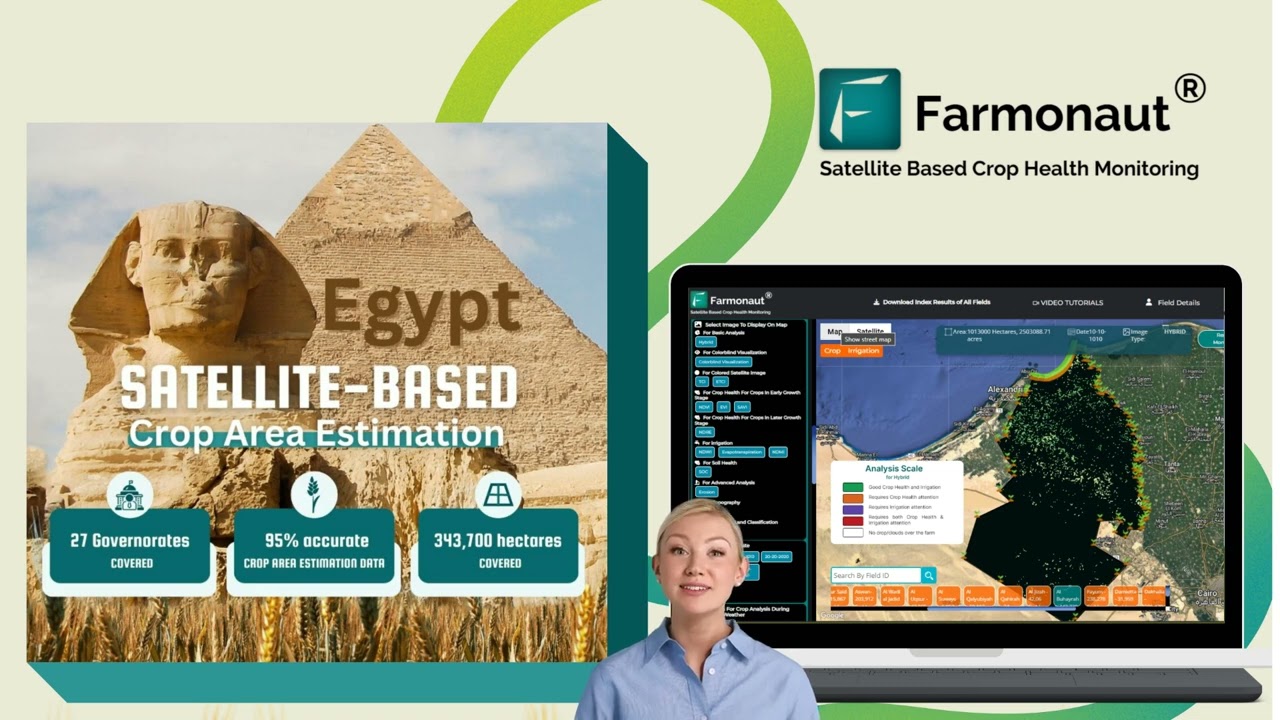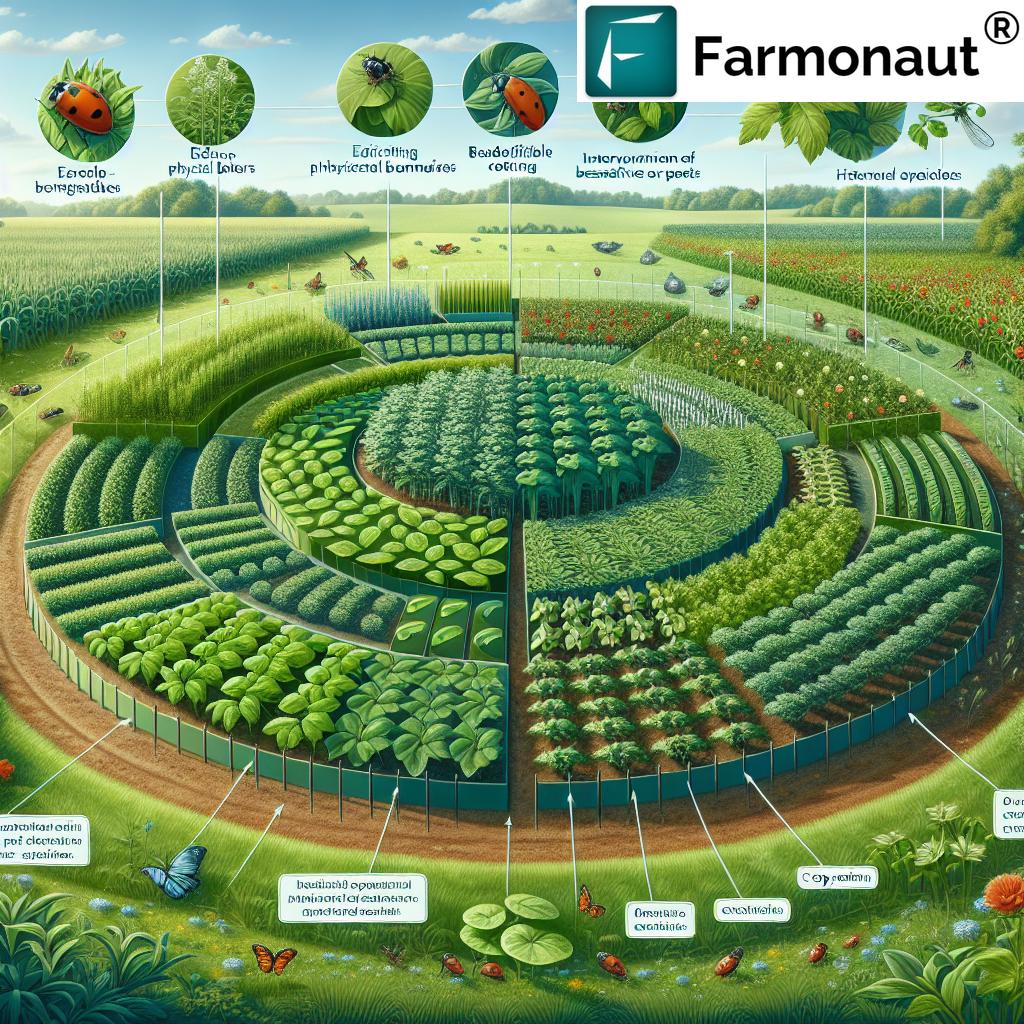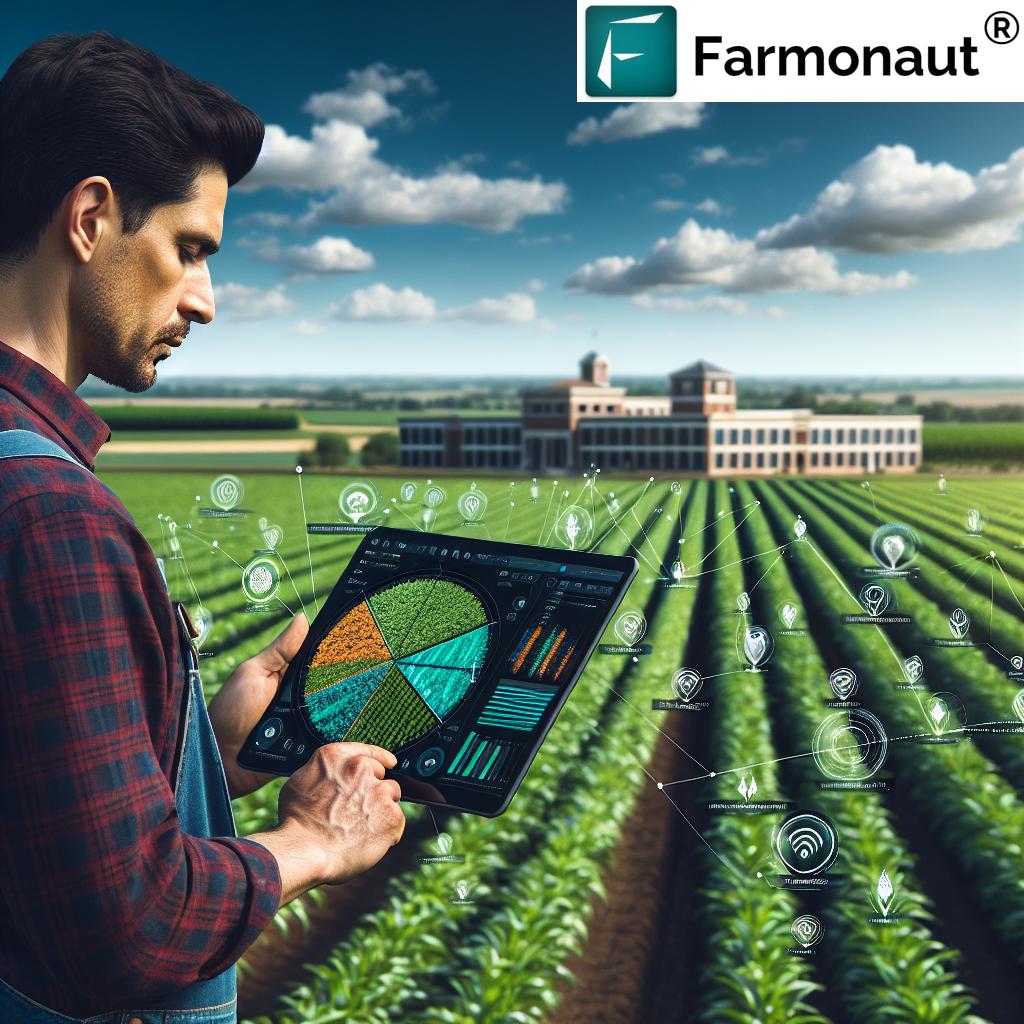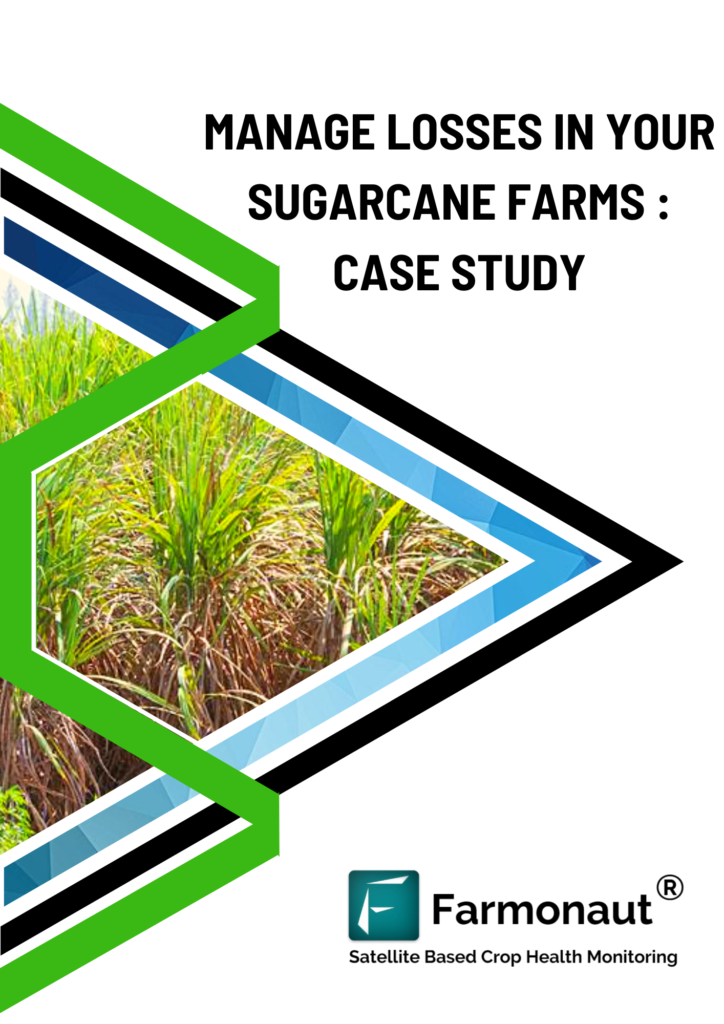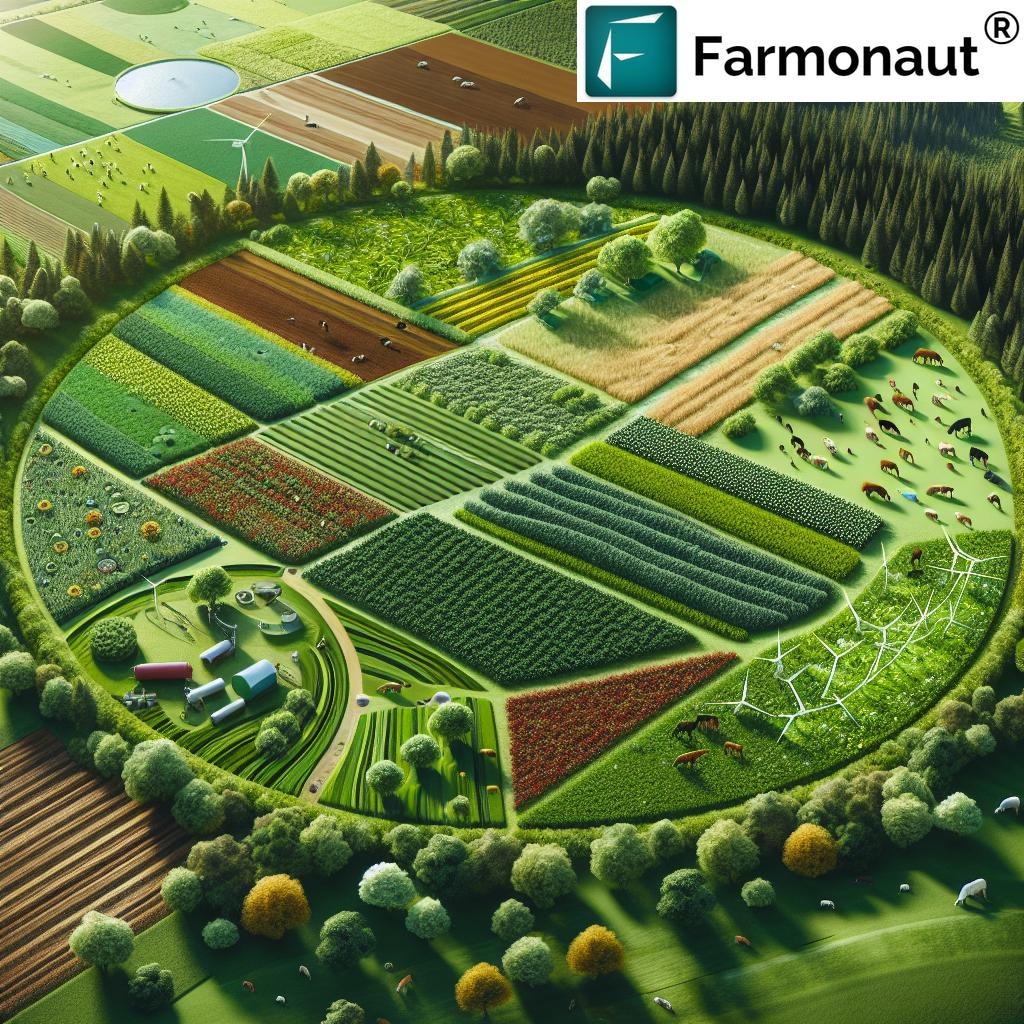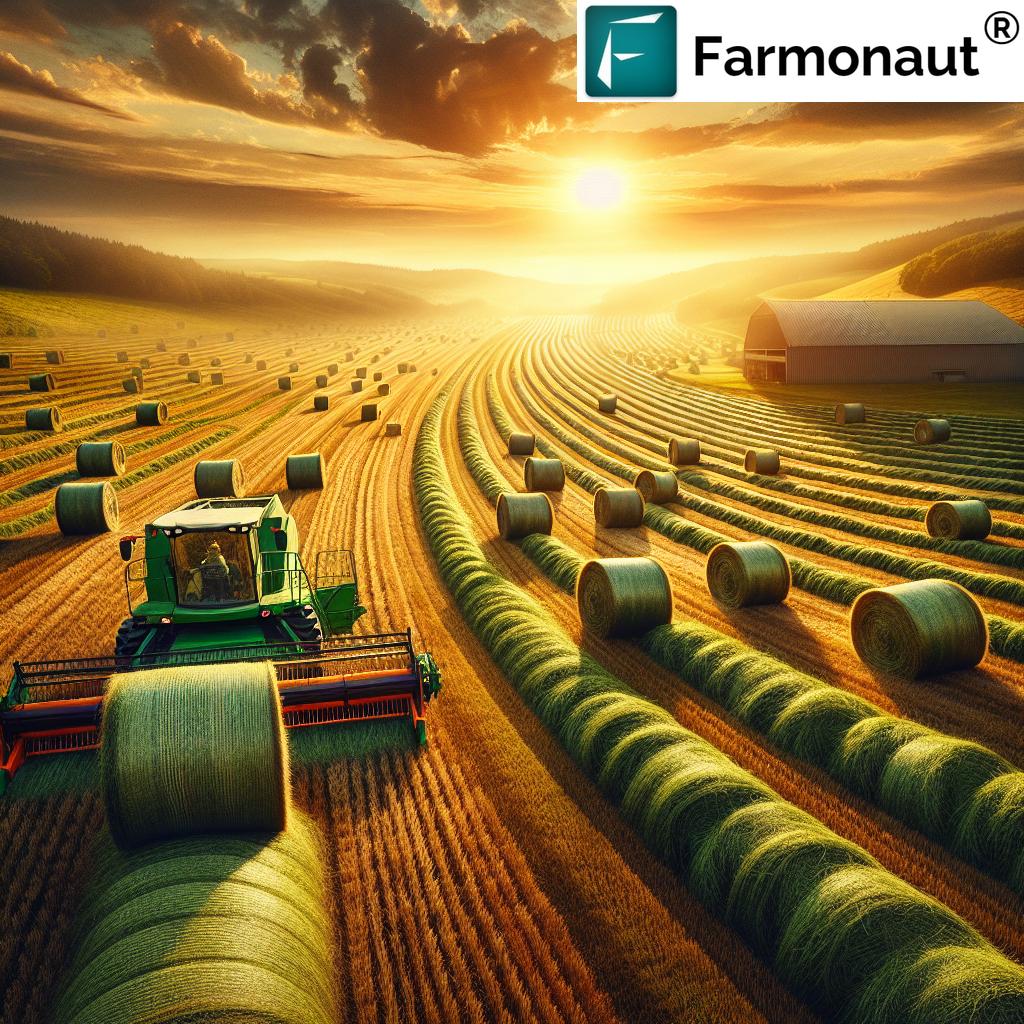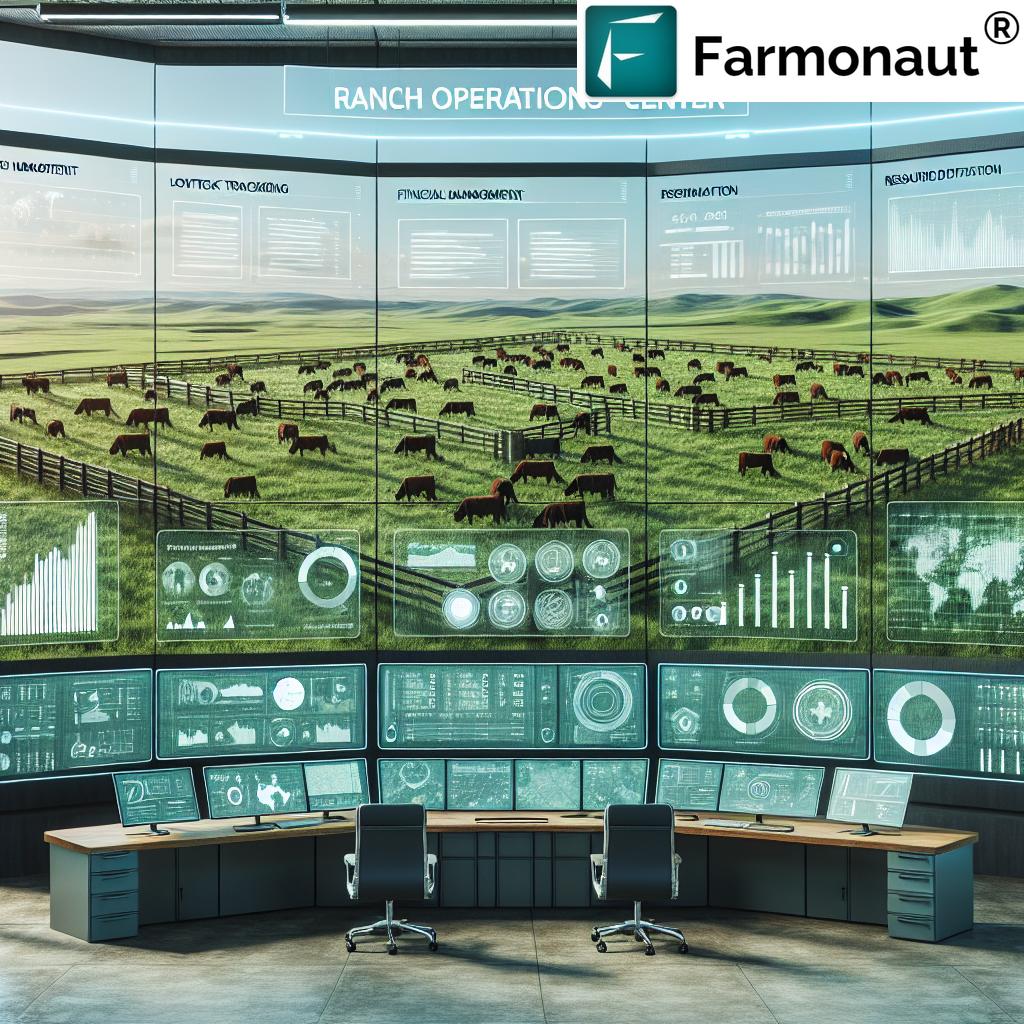Process of Farming: 10 Steps for Sustainable Success
Meta Description:
Discover the process of farming in 10 essential steps for sustainable success. Dive into land preparation, soil management, planting, crop management, and how modern technology boosts yield, efficiency, and environmental conservation.
Table of Contents
- Introduction: The Modern Process of Farming
- 1. Land Preparation for Crops
- 2. Seed Selection and Crop Viability
- 3. Planting Techniques
- 4. Crop Management Strategies
- 5. Harvesting and Yield Optimization
- 6. Post-Harvest Handling
- 7. Modern Agricultural Technology Integration
- 8. Sustainable Farming Practices
- 9. Integrated Farming Systems
- 10. Soil Management Techniques
- Comparative Table: Traditional vs. Sustainable/Tech-Integrated Farming Practices
- Farmonaut: Satellite-Based Precision Agriculture at Your Fingertips
- FAQ: Sustainable Farming and Technology
- Conclusion: Shaping the Future of Agriculture
“Over 60% of sustainable farms use precision soil management to increase crop yield and reduce resource waste.”
Introduction: The Modern Process of Farming
Farming is a multi-faceted, ever-evolving process that encompasses more than just the planting and harvesting of crops. Modern agriculture blends age-old traditions with the latest technological advancements in soil management, resource optimization, and sustainable farming practices. As we strive to meet growing food requirements while reducing our environmental footprint, an integrated approach that uses data, automation, and eco-friendly methods has become essential.
In this comprehensive guide, we walk through the 10 essential steps for sustainable farming success. We explore crucial topics—like land preparation for crops, seed selection, planting, irrigation, weed control, fertility enhancement, adoption of modern agricultural technology, and advanced soil management techniques. These workflows allow farmers to increase productivity, improve crop quality, and uphold environmental conservation.
1. Land Preparation for Crops: Building the Foundation
Land preparation is the first and arguably most vital step in every successful farming process. Preparing the land involves a series of practices:
- Tillage: This crucial operation breaks up the soil, creating a suitable seedbed for germination and root development. It also helps incorporate organic matter, thus enriching soil fertility and improving water retention and structure.
- Weed control: Tillage and soil turnover bury weeds and weed seeds, partially preventing competition at an early stage.
- Fertility management: By working in crop residues, compost, or manure, farmers increase nutrient availability in the initial growth stage.
However, excessive tillage can lead to erosion and soil degradation. Today, conservation agriculture practices like no-till farming are being adopted. Such methods minimize soil disturbance, preserve soil structure, and enhance water retention. These sustainable approaches help maintain soil health and long-term productivity, aligning with the core principles of sustainable farming practices.
Explore large-scale farm management optimization systems to streamline your land preparation and crop planning.
2. Seed Selection and Crop Viability
Choosing the right seeds sets the foundation for optimal crop yield and quality. Farmers typically select seeds based on the following core factors:
- Climate adaptability: Selecting varieties suited to local weather conditions ensures robust growth across the growing season.
- Disease resistance: High-quality seeds have greater protection, naturally increasing yield and reducing the need for chemical pesticides.
- Growth characteristics: Early- or late-maturing, drought- or flood-resistance.
- Certified seed selection: Using certified, uniform, and vigorous seeds increases the chances of successful germination and uniform establishment. This ensures the groundwork for a productive crop cycle.
Seed selection thus directly affects efficiency, resource use, and the final produce quality. As part of the modern farming process, utilizing advanced seed analytics and region-adapted hybrid varieties is now common, raising the bar for crop success.
3. Planting Techniques: Establishing the Next Generation
Planting is more than placing seeds in the ground—it is a calculated process that balances depths, spacing, timing, and local climate conditions:
- Sowing at optimal depths: Correct planting depth ensures healthy germination and immediate root access to soil moisture and nutrients.
- Spacing: Adequate distances between seeds prevent competition for water, light, and nutrients—all vital for vigorous growth.
- Appropriate timing: Planting windows vary by crop and region. Timely sowing maximizes yield and minimizes losses from adverse weather or pests (source).
- Modern machinery: Automated planters and precision seeders ensure uniform seeding, reducing resource waste and increasing operational efficiency.
Modern agricultural technology—like GPS-guided planters and AI-driven robots—has elevated planting, making the process faster, more efficient, less labor-intensive, and essential for improving crop yield and quality.
4. Crop Management Strategies: Ensuring Growth and Sustainability
Crop management comprises a broad set of strategies that are key for healthy, high-yielding crops:
-
Irrigation:
Consistent, well-timed watering is vital for crop health, especially in areas with variable rainfall. Efficient irrigation methods—such as drip irrigation—deliver water directly to the root zone. This reduces evaporation, optimizes use, and supports water conservation (source). -
Fertilization:
- Organic fertilizers/manures (compost, manure, biofertilizers) promote long-term soil fertility and microbial activity while reducing chemical input.
- Chemical fertilizers are often used for immediate nutrient needs but should be balanced to prevent environmental pollution.
Precision fertility management (enabled by platforms like Farmonaut) can optimize resource application and diminish nutrient leaching (source).
-
Pest and Disease Control:
Integrated pest management (IPM) means using biological, cultural, physical, and as a last resort, chemical control measures. IPM reduces the environmental impact, and helps maintain sustainable farming systems (source). -
Weed Management:
Strategies include mulching, inter-row cultivation, and judicious herbicide use. No-till farming often leverages cover crops to suppress weeds naturally, reducing reliance on chemicals (source).
These crop management strategies are crucial for resource conservation, improving crop yield and quality, and environmental stewardship.
Learn how you can leverage satellite-based verification for crop loans and insurance.
“Modern tech integration in farming can boost efficiency by up to 30% while supporting environmental conservation efforts.”
5. Harvesting and Yield Optimization
Harvesting is the culmination of all previous farming practices. Proper timing is critical—early harvest may reduce quality, while late harvest could increase losses from pests or spoilage. Modern harvesting machinery—like combine harvesters—are increasingly adopted for their speed and ability to reduce labor and post-harvest losses. Using technology to monitor crop maturity allows farmers to optimize yield and quality.
Maximize your harvest with satellite-powered large-scale farm monitoring from Farmonaut, ensuring your fields are ready at the optimal moment.
6. Post-Harvest Handling: Safeguarding Produce Quality
The steps that follow harvesting are collectively known as post-harvest handling. These practices are vital in preserving crop quality, maintaining market value, and reducing waste. The process includes:
- Cleaning: Removal of soil, dirt, and debris from produce to enhance presentation and food safety.
- Sorting and Grading: Organizing produce based on size, ripeness, or appearance to meet market standards.
- Packaging: Use of proper containers and protective materials to prevent spoilage or damage during transport and storage.
- Storage: Application of appropriate temperature, humidity, and ventilation to extend shelf life and prevent spoilage.
Advanced traceability technologies—such as Farmonaut’s blockchain-based product traceability —add value by maintaining quality assurance and confidence throughout the supply chain, from farm to consumer.
Explore post-harvest handling steps in more detail: Read more
7. Modern Agricultural Technology Integration
Technological advancements in modern agriculture have dramatically enhanced crop management strategies across every step of the farming process. Examples include:
- Satellite imagery and AI: We (Farmonaut) leverage these technologies to monitor crop health in real time, analyze soil moisture, and track growth patterns, which optimizes resource allocation and supports efficient farming practices.
- Drones and sensors: Used for weed mapping, pest scouting, and even targeted pesticide or fertilizer application, reducing chemical use and enhancing efficiency.
- Smart irrigation systems: AI-powered controls enable precise water delivery only when and where plants need it, saving up to 30% of water (source).
- Agrivoltaics: The integration of solar panels with crops for dual land use—enabling simultaneous food and renewable energy production.
By integrating technology, farmers can enhance crop yield and quality, efficiency, and environmental stewardship, setting a new standard for sustainable agriculture.
8. Sustainable Farming Practices: Future-Proofing Agriculture
With global population growth and environmental pressures, sustainable farming practices are more important than ever. The focus is on:
- Soil conservation: Combining minimum tillage, permanent soil cover (using cover crops), and crop rotations to preserve soil structure and fertility.
- Efficient water use: Adopting smart irrigation, rainwater harvesting, and drought-resistant varieties to adapt to changing climate conditions.
- Biodiversity preservation: Planting buffer strips, maintaining hedgerows, rotating diverse crops, and fostering natural predator habitats.
- Adopting conservation agriculture practices: Practices that minimize disturbance, maximize soil health, and contribute to environmental conservation. (source).
Platforms like Farmonaut empower farmers to implement these resource-optimizing sustainability practices at scale.
9. Integrated Farming Systems: Diversified, Resilient Operations
Integrated farming systems (IFS) blend compatible enterprises—crops, livestock, and aquaculture—to fully utilize available resources and reduce waste.
- Resource cycling: Animal manure feeds fields, crop residues feed animals, and fish pond water irrigates.
- Income diversification: Multiple revenue streams increase farm resilience and economic sustainability.
- Ecosystem synergy: Integrated management enhances nutrient recycling, pest and weed control, and supports broader environmental conservation (source).
This holistic approach means integrated crop management and sustainable soil management techniques are at the core of resilient, future-proof agriculture.
10. Soil Management Techniques: Guarding the Heart of the Farm
Soil management is vital for sustainable yield and long-term productivity. This encompasses:
- Soil conservation structures: Contours, terraces, grassed waterways prevent erosion and water loss.
- Organic matter incorporation: Crop residues, compost, and cover crops enrich the soil, improving aggregate stability and water retention (soil organic carbon management).
- Nutrient management: Monitoring key nutrients and returning what is removed by crops through sustainable fertilizers and manures.
- Pest and compaction mitigation: Rotation, cover cropping, and reduced tillage all help break pest and disease cycles as well as reduce compaction.
Soil management techniques are profoundly supported by modern agricultural technology—satellite data, remote sensors, and AI-driven analytics help predict, prevent, and mitigate soil degradation, secure fertility, and optimize crop management strategies.
Comparative Table: Traditional vs Sustainable/Tech-Integrated Farming Practices
| Farming Step | Traditional Practice | Modern/Tech-Enabled Practice | Estimated Yield/Efficiency Impact | Environmental Benefit |
|---|---|---|---|---|
| Soil Preparation | Manual/animal tillage, burning residues | No-till, conservation tillage, soil sensors, AI-based field analysis | Yield up to +20%; labor cost down | Less erosion, improved soil health, lower emissions |
| Seed Selection | Own-saved seeds, unsure genetics | Certified/hybrid seeds, climate-specific data analytics | Uniform crops, +10% yield | Reduced chemical use, disease loss minimized |
| Planting | By hand or simple machinery, estimate spacing | Automated seeders, precision GPS/GIS | Labor -60%; resource use optimized | Reduces over-planting, lowers input waste |
| Irrigation | Flood irrigation, manual scheduling | Drip/micro-sprinkler, AI-based soil moisture monitoring | Water use -30%; increased yield | Saves water, reduces nutrient runoff |
| Fertilization | Broadcasting synthetic fertilizers | Precision application (VRT), organic manure, satellite guidance | Input use -20%; yield +13% | Less pollution, improved soil structure |
| Pest and Disease Control | Routine chemical sprays, reactive treatment | Integrated pest management, drones/scouting, predictive AI | Chemical use -50%; crop loss -30% | Biodiversity protected, pesticide residues lower |
| Weed Management | Hand weeding, broad-spectrum herbicides | Cover cropping, targeted herbicides, drones | Labor -40%; herbicide -20% | Soil cover increases, herbicide pollution falls |
| Harvesting | Manual sickle/knife harvest | Combine harvesters, remote-sensed ripeness tracking | Harvest +3x faster, minimal loss | Reduces waste, energy-efficient |
| Post-Harvest Handling | Manual sorting, basic storage | Automated grading, climate-controlled storage, blockchain traceability | Losses -15%; higher product value | Food waste minimized, traceability enables safety |
| Soil Management/ Sustainability | Little rotation, mono-cropping, synthetic focus | Rotation, cover crops, digital soil health monitoring | Sustained yields, resilience up | Long-term soil health, emission reduction |
Get Real-Time Insights, Manage Resources, and Improve Farming Success
Farmonaut: Satellite-Based Precision Agriculture at Your Fingertips
At Farmonaut, we deliver satellite-powered, AI-driven, and blockchain-enabled farm management solutions for modern agricultural needs. Our core offerings help farmers, agribusinesses, and governments optimize soil management, irrigation, resource allocation, and crop health monitoring.
- Affordable access: No expensive hardware required; simply use our Android/iOS/Web apps or our robust API!
- Improve productivity: Make informed decisions using real-time analytics on field health, weather, and resource usage.
- Sustainability-first: Our platform tracks carbon footprinting, maximizes water-use efficiency, and improves soil health insights.
- Gain transparency: Blockchain-driven product traceability builds trust across the food supply chain.
- Unlock financing: Satellite verification means faster crop loans and insurance approvals.
- Scale easily: Our platform works for single field owners, large agribusinesses, and governmental projects alike.
Start with our app today or integrate with your business via our API.
FAQ: Sustainable Farming and Technology
What are the 10 crucial steps in the process of farming?
Farming is a series of interconnected steps:
- Land preparation for crops
- Seed selection
- Planting
- Crop management (including irrigation, fertilization, pest and weed control)
- Harvesting
- Post-harvest handling
- Technological integration
- Sustainable farming practices
- Integrated farming systems
- Soil management techniques
How does technology enhance sustainable farming practices?
Technologies like satellite imagery, AI, blockchain, and IoT sensors allow for precise soil, water, and crop management, thus reducing input waste, increasing productivity, and minimizing environmental impact.
What is integrated pest management?
Integrated Pest Management (IPM) brings together biological, cultural, physical, and chemical control methods to efficiently manage pests, reducing chemical pesticide use and supporting biodiversity.
What is the role of soil management in farming?
Soil management techniques maintain soil fertility, structure, and water retention capacity while preventing erosion and degradation. Healthy soils lead to better yields, resilience, and long-term agricultural success.
How does Farmonaut help farmers with modern agricultural management?
We empower farmers with affordable, real-time, data-driven precision agriculture—offering crop health monitoring, soil moisture analysis, AI advisories, blockchain-based traceability, fleet/resource management, and carbon footprinting—accessible via apps and API.
Conclusion: Shaping the Future of Agriculture
The process of farming—from land preparation through to soil management—is now a synergy of tradition, science, and technology. Sustainable farming practices not only boost crop yield and quality, but also protect our planet for generations to come. Farmers, governments, and agribusinesses that embrace modern agricultural technology and soil management techniques stand to gain with higher efficiency, productivity, and environmental conservation. The tools are available—it’s time to create a resilient, rewarding, and sustainable future for agriculture.
Get started with Farmonaut today — and transform your farm with data-driven, sustainable farming technology!






